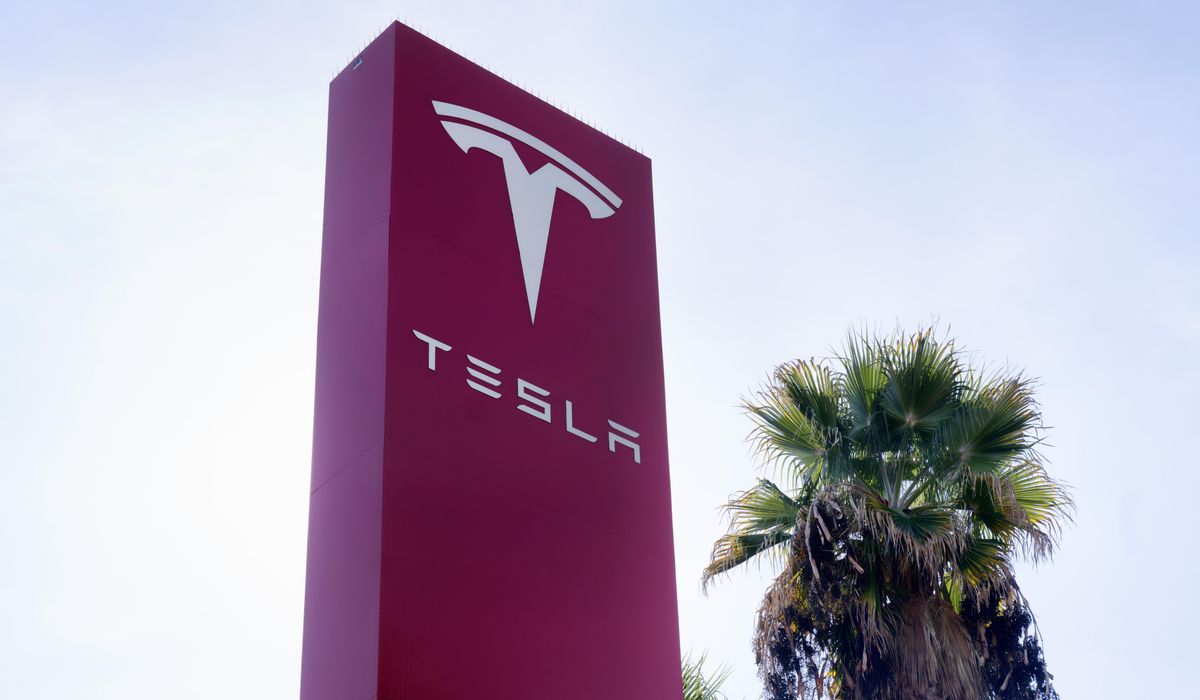


A Tesla that collided with and killed a Seattle motorcyclist in April was in Full Self-Driving mode, authorities said Tuesday.
After downloading information from the Tesla Model S event data recorder, authorities determined the vehicle was in self-driving operation. Investigators said the case is still ongoing and no charges have been filed.
The crash in question happened when Washington motorcyclist Jeffrey Nissen, 28, collided with the Tesla 15 miles outside of Seattle. According to the police, the 56-year-old driver of the Tesla was looking at his cellphone when his vehicle lurched forward and collided with Nissen.
Nissen was found underneath the Tesla and was pronounced dead at the scene. The driver was arrested for an investigation into vehicular homicide due to his admission of distracted driving.
Tesla’s two automated driving modes, Autopilot and Full Self-Driving, require drivers to remain attentive while the vehicle is in motion. However, according to critics, confusion about the differences and capabilities of the two modes has led to collisions, injuries and death.
Nisson’s death is the second recorded fatality involving Tesla’s Full Self-Driving technology, though it’s not clear if the technology was at fault in either case. Federal investigators at the National Highway Traffic Safety Administration have found at least 14 deaths involving Tesla’s Autopilot system as well as 54 injuries.
Tuesday’s report comes as Tesla focuses on its automated driving systems and looks forward to launching its robotaxi program this year. Tesla CEO Elon Musk has boasted that the company will deploy self-driving taxis without human drivers within a year of launch, but some experts expect it will take at least a decade.
• Vaughn Cockayne can be reached at vcockayne@washingtontimes.com.
